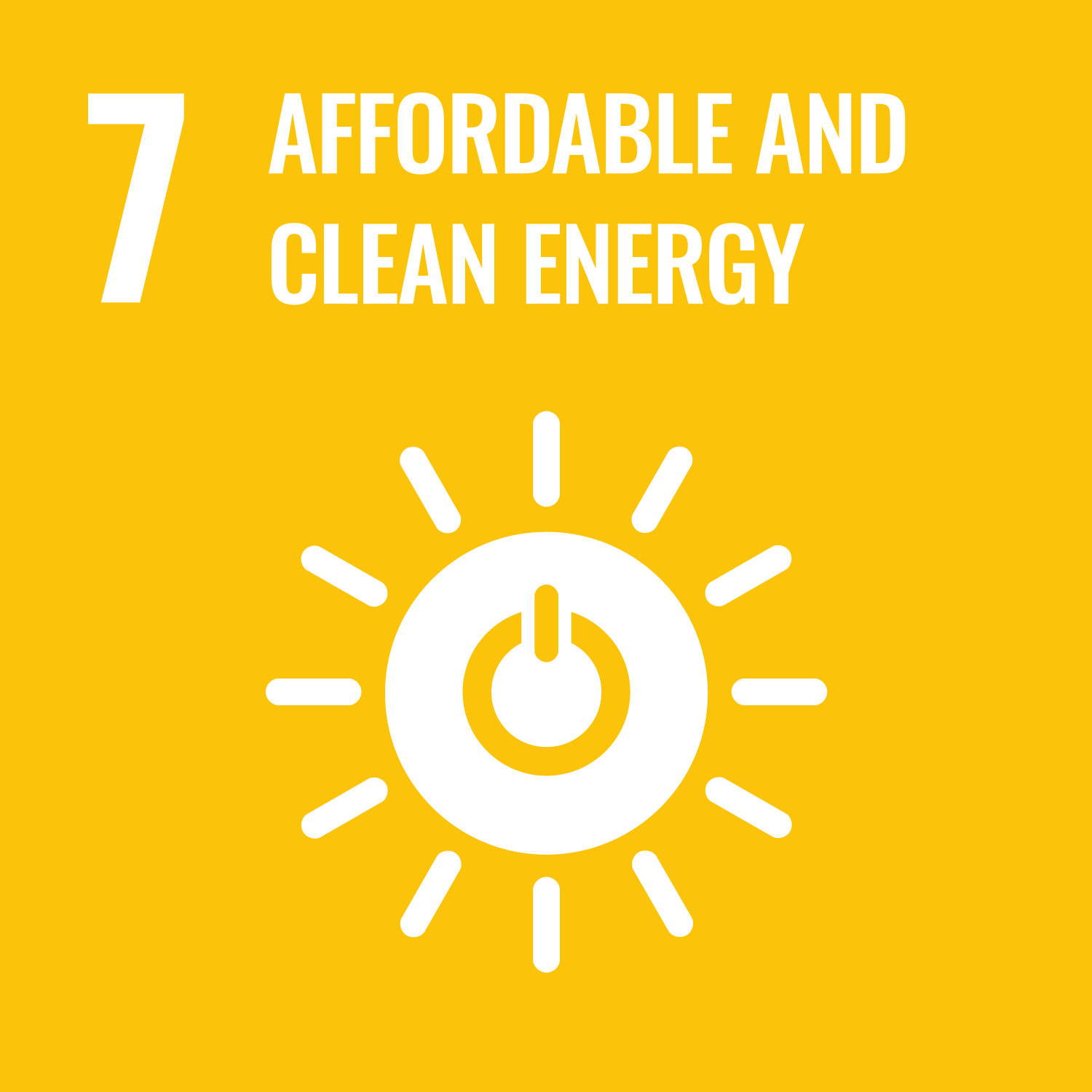ORCID
- William H. Blake: 0000-0001-9447-1361
Abstract
This study aimed to reconstruct the sedimentation rates over time and identify the changing sources of sediment in a major hydropower reservoir in Tanzania, the Nyumba ya Mungu (NYM). Fallout 210Pb measurements were used to estimate age of sediment deposits and broad changes in sedimentation rates were reconstructed. Sedimentation peaks were cross referenced to geochemical profiles of allogenic and autogenic elemental constituents of the sediment column to confirm a causal link. Finally, geochemical fingerprinting of the sediment cores and potential sources were compared using a Bayesian mixing model (MixSIAR) to attribute the dominant riverine and land use sources to the reservoir together with changes through recent decades. Reservoir sedimentation generally increased from 0.1 g cm−2 yr−1 in the lower sediment column to 1.7 g cm−2 yr−1 in the most recent deposits. These results correlated to changes in allogenic and autogenic tracers. The model output pointed to one of two major tributaries, the Kikuletwa River with 60.3%, as the dominant source of sediment to the entire reservoir, while the other tributary, Ruvu River, contributed approximately 39.7%. However, downcore unmixing results indicated that the latest increases in sedimentation seem to be mainly driven by an increased contribution from the Ruvu River. Cultivated land (CU) was shown to be the main land use source of riverine sediment, accounting for 38.4% and 44.6% in Kikuletwa and Ruvu rivers respectively. This study explicitly demonstrated that the integration of sediment tracing and dating tools can be used for quantifying the dominant source of sediment infilling in East African hydropower reservoirs. The results underscore the necessity for catchment-wide management plans that target the reduction of both hillslope erosion reduction and the sediment connectivity from hillslope source areas to rivers and reservoirs, which will help to maintain and enhance food, water and energy security in Eastern Africa.
DOI Link
Publication Date
2021-08-08
Publication Title
Earth (Switzerland)
Volume
2
Issue
3
Acceptance Date
2021-08-02
Deposit Date
2022-02-15
Embargo Period
2022-02-16
First Page
485
Last Page
514
Recommended Citation
Amasi, A., Wynants, M., Kawalla, R., Sawe, S., Munishi, L., Blake, W., & Mtei, K. (2021) 'Reconstructing the Changes in Sedimentation and Source Provenance in East African Hydropower Reservoirs: A Case Study of Nyumba ya Mungu in Tanzania', Earth (Switzerland), 2(3), pp. 485-514. Available at: 10.3390/earth2030029


